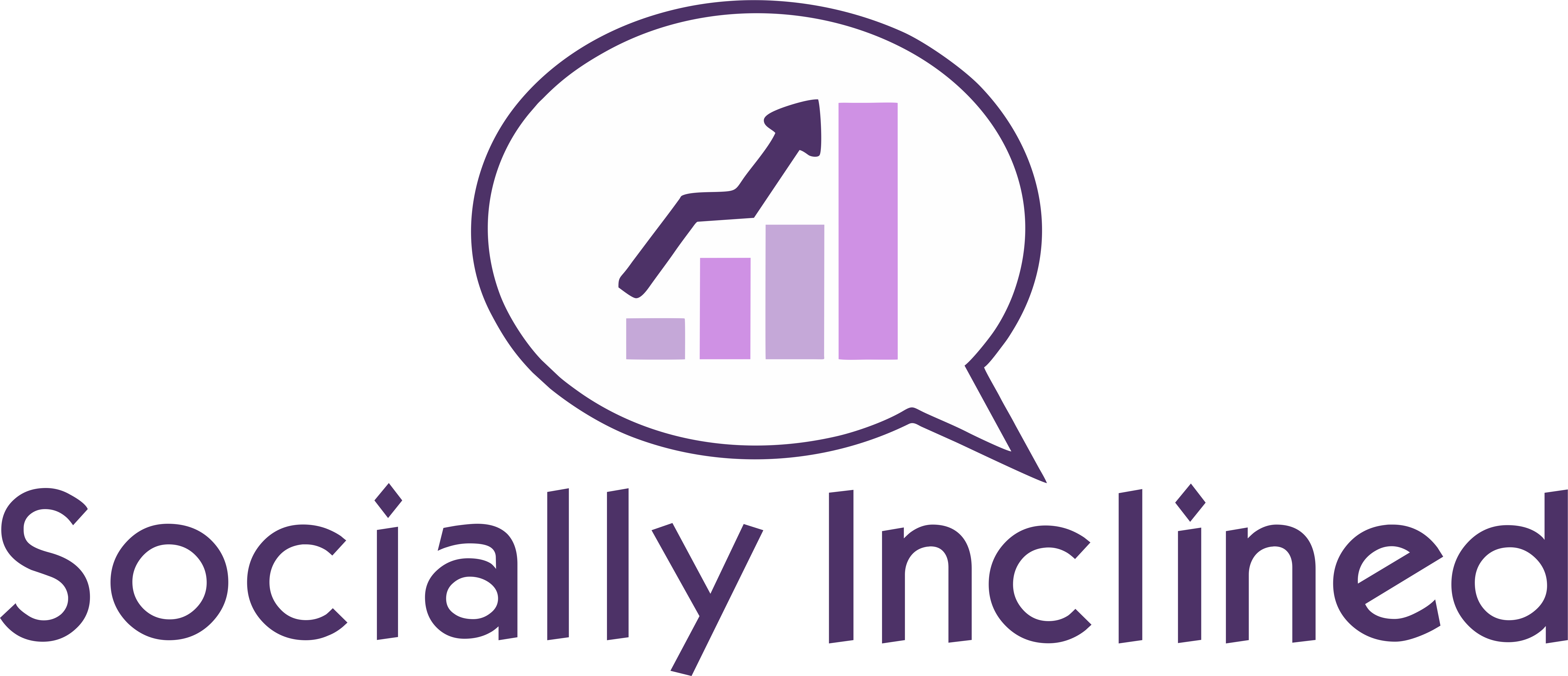The COVID-19 pandemic continues to impact the United States both medically and economically. Many states have begun to relax their lockdowns.
It remains to be seen what impact reopening will have on the number of cases, but it’s an economic boon to the owners of small and medium-sized businesses.
That said, how do you reopen?
What can you do to keep your employees and customers safe?
Is it reasonable to reopen or should you wait?
So, let’s get into it. Here’s what you need to know to navigate the reopening of your business.
What Are the Key Considerations for Reopening?
If your business is in a state where reopening is an option, you’ll still need to think about the logistics of reopening before you decide to move ahead. Here are the primary considerations:
- Your state’s guidelines for reopening
- The nature of your business
- The safety of your employees
- The safety of your customers
State guidelines for reopening can vary widely based on a variety of factors. You should check to make sure you understand your legal requirements. For example, you may need to put social distancing markers in place or install plexiglass shields.
The nature of your business plays a role as well. If you can safely maintain social distancing between employees and customers, it will be easier to reopen than it would be if your employees will be in direct contact with customers.
Of course, the safety of everybody involved must be paramount.
Prepare Your Office or Store for Reopening
Once you’ve decided to reopen, it may be helpful to create a checklist. You can use it to work through your state’s requirements and any additional precautions you’ve decided to take. Here’s a basic checklist from the US Chamber of Commerce:
- Make a plan that incorporates recommendations from local, state, and federal officials. You can find the CDC guidelines for businesses here, and their cleaning and sanitization protocols here.
- Buy supplies and make any required preparations. These may include adding social distancing markers on floors, installing plexiglass barriers to protect employees, and other measures.
- Completely clean and disinfect all areas of your business.
- Create a schedule for maintenance of cleanliness. Regularly touched surfaces will need to be cleaned and disinfected at least once a day.
Remember that it’s your responsibility as a business owner to create a safe space for everybody who comes through your doors.
Prepare Your Employees for Reopening
The health and safety of your employees must be a priority when you reopen. Your communication with them must be clear and compassionate. Here’s what you’ll need to do.
- Communicate with employees your intention to reopen.
- Identify essential employees and positions.
- If you have laid off employees and want to rehire them, get in touch, and give them the option of coming back.
- Understand that not all employees may want to come back or be able to come back. For example, employees who have underlying conditions that make them vulnerable to COVID-19 or who share living space with a high-risk person may not be able to work safely.
- Create a sick policy that requires employees to stay home if they are experiencing any symptoms of COVID-19 or have had direct contact with an infected person.
- Let employees know if their job requirements have changed. For example, have your hours changed? Will they be required to take on cleaning responsibilities that differ from what they did before you closed?
- Put an emergency communication system in place, so you can let employees know if they have been exposed to COVID-19 and what they should do if they experience symptoms.
The most important thing is clear and ongoing communication. It’s the best way to ensure that employees feel safe coming back to work.
Create Customer Guidelines
Once you have addressed the needs of your employees, the next step is thinking about your customers or clients. What do you need to do to keep them safe as you reopen? Here are some pointers.
- Decide which safety precautions are necessary for customers. These may include:
- Limiting occupancy
- Requiring customers to wear masks
- Adding hand sanitization stations near your entrance
- Marking social distancing guidelines on the floor – for example, making store lanes one-way and putting 6-foot guidelines near cash registers
- Use your email list or social media pages to communicate your new customer guidelines with your followers.
- Put procedures in place to enforce guidelines. For example, you may need to place an employee near the door to check for masks, install an occupancy tracker, or monitor customers while they are in your store.
- Provide employees with guidance to handle complaints or refusal to adhere to guidelines. Unfortunately, it’s likely that some of your customers will refuse to do what you ask and it’s important to support your employees and give them the tools they need to cope.
This is one situation where “the customer is always right” needs to take a back seat to your employees’ safety.
Monitor the Situation
Finally, you’ll need to monitor the situation as you reopen. It may be that some of the guidelines you put in place need to be refined or adapted to the reality of doing business.
If you can’t reopen and have not yet received government assistance in the form of a PPP loan, remember that you can still do so. The application is on the SBA website, here, or you can apply through your bank or credit union.
You should also be aware that on June 3, 2020, Congress passed a PPP reform bill that allows businesses more time and leeway in how they spend PPP money. You can find the details here.
Reopening your business requires careful planning and attention to detail. Provided you adhere to the appropriate guidelines and prioritize the safety of your employees and customers, you will be able to navigate the process successfully.
These are all questions that loom large for business owners.
Love this post? Share it on Pinterest!












